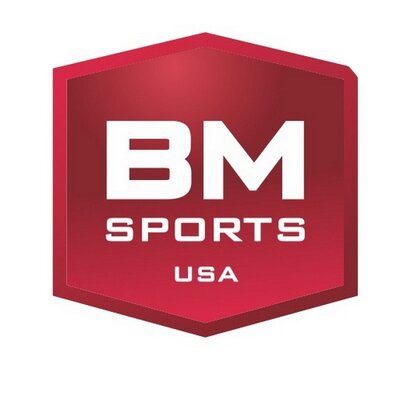While rest and sleep are crucial for post-workout recovery, incorporating active recovery techniques into your routine can further enhance muscle repair and flexibility. Active recovery involves engaging in low-intensity exercises, stretching, and other activities that promote blood flow, reduce muscle soreness, and increase flexibility. Here are some effective active recovery techniques to consider:
1. Light Cardiovascular Exercise:
Engaging in low-impact cardiovascular activities such as walking, cycling, or swimming can promote blood circulation, helping to flush out metabolic waste products and deliver nutrients to your muscles. Aim for 20-30 minutes of light cardio to get your body moving without placing excessive stress on your muscles and joints.
2. Yoga and Stretching:
Yoga and stretching exercises are excellent for improving flexibility, reducing muscle stiffness, and enhancing joint range of motion. Consider incorporating gentle yoga flows or targeted stretching routines into your recovery days to promote muscle recovery and prevent tightness.
3. Foam Rolling and Massage:
Foam rolling, also known as myofascial release, is a technique that involves using a foam roller or massage ball to apply pressure to specific muscle groups. This can help break up adhesion’s, release muscle tension, and improve mobility. Additionally, getting a massage from a professional therapist can further aid in muscle recovery and relaxation.
4. Active Mobility Drills:
Perform a series of dynamic exercises and mobility drills that target major muscle groups and joints. This can include movements such as leg swings, arm circles, hip rotations, and shoulder rolls. Active mobility drills help improve joint stability, reduce muscle imbalances, and increase overall body awareness.
5. Hydration and Nutrition:
Proper hydration and nutrition play a vital role in promoting muscle repair and recovery. Ensure you are adequately hydrating before, during, and after your workout sessions. Consume a well-balanced meal or snack that includes carbohydrates for replenishing glycogen stores and protein for muscle repair and growth.
6. Contrast Therapy:
Contrast therapy involves alternating between hot and cold treatments to aid in muscle recovery. This can be done by alternating between immersing in a cold bath or ice bath for a few minutes and then switching to a warm bath or using a heating pad on your muscles. The contrast in temperature helps reduce inflammation, improve blood flow, and alleviate muscle soreness.
7. Low-Intensity Resistance Training:
Engaging in light resistance exercises with lower weights or resistance bands can stimulate blood flow to your muscles and promote muscle relaxation. Focus on performing exercises with controlled movements and lower intensity to avoid adding unnecessary stress to your muscles.
Remember, active recovery techniques should be performed at a lower intensity compared to your regular workout sessions. The goal is to promote muscle repair, enhance flexibility, and minimize muscle soreness. Listen to your body, and if any exercise or technique causes pain or discomfort, adjust accordingly or consult with a healthcare professional.
Incorporating these active recovery techniques into your post-workout routine can help optimize muscle repair, reduce the risk of injury, and improve overall flexibility. Experiment with different techniques and find what works best for your body and recovery needs. By prioritizing active recovery, you can ensure that you are consistently taking steps to support your body’s recovery process and enhance your long-term performance.

